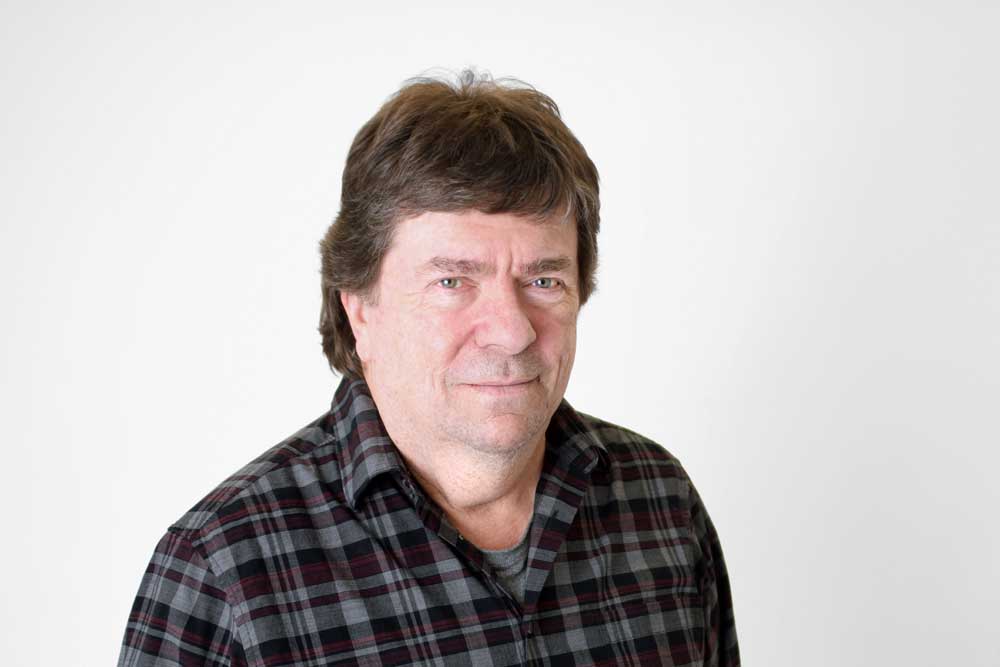THINKING OUT LOUD: How do we know what we don’t know?
Published 5:00 am Friday, August 9, 2024

- Galvin crop
Time for a short pop quiz: One question, true-false, should take no time at all.
Pencils up, here it is:
“2+2=4” is …
A) … true
B) … false
C) … unable to determine due to facts not in evidence
Pencils down.
Now, while you ruminate for a while on whether you’ve answered that question correctly, I’ll get my mojo working and muddy the waters with some recent news about what exactly are “facts.”
As we all know by now, one person’s fact is another’s conspiracy theory. But now it appears that our national ability to think critically has reached a critical point in its evolution.
A study conducted earlier this year at the Urbana-Champagne branch of the University of Illinois found that 45.7% of participants could not distinguish a fact from an opinion.
Jeffrey Mondak, the political science professor who headed the research effort, put the troubling results in the bluntest terms possible.
“How can you have productive discourse about issues if you’re not only disagreeing on a basic set of facts,” he said, “but you’re also disagreeing on the more fundamental nature of what a fact itself is?”
Mondak further worried that, given such uncertainty, “standard journalistic fact-checking … is not going to be a productive way of defanging misinformation.”
Ah, fact-checking — the usual fool-proof method of keeping track of who’s adding more human-manufactured methane into the atmosphere — stepped in it recently regarding the upcoming election.
I’ll be careful here to couch my description of what took place in a manner suitable for a family newspaper.
It seems that an admittedly fake social media post alleged that a candidate publicly acknowledged a particular peccadillo involving a latex glove and an innocent piece of furniture.
(How am I doing on the cleanliness scale … sofa, so good?)
But the fact that the originator of the post came clean immediately didn’t cushion the blow from the swarms of those who just had to run with it in memes, posts, cartoons and even — hard as it might seem to believe — newspaper columns.
Thus, soon after the nonsense would have befuddled even the 54.3% who could tell facts from opinions in the U of I poll, The Associated Press leapt into action and published a “fact check” piece.
The AP went to the source cited by the original tweet and, discovering that no such admission existed, sent out a story headlined “No, (he) did not have sex with a couch.”
(I really, truly, honestly, swear to God and my Aunt Fanny, wish that I was making this up.)
However, as soon as the AP report went up, it was almost immediately taken down because — and here’s the clincher — it didn’t go through the news service’s standard editing process.
Of course, pedantically inclined snarks would also note that the headline itself was in error, since it failed to specify that only the public admission could be verified as being inaccurate.
So, why does this matter? Glad you asked.
The Pew Research Center found last month that 54% of Americans get their political news from social media, the Wild West of misinformation. The same study found that nearly three-quarters of us are informed about the most critical events of the day through family, friends and neighbors — and who knows where they’re getting it from.
So, when you put two and two together …
.. oh yeah, our pop quiz.
A story in the June issue of New Scientist describes a current conundrum faced by numbers-crunchers as to what exactly is meant by an equals sign.
The problem, which, trust me, you don’t want me to describe, arises by the use of — what else? — computers to cross the t’s and dot the i’s on mathematical proofs.
“The three-character string ‘2 + 2,’ typed into a computer algebra system,” says the paper’s author, mathematician Kevin Buzzard, “is not equal to the one-character string ‘4’ output by the system, for example; some sort of ‘processing’ has taken place.”
Computer coding, apparently, marks things differently than we do and, well … a whole bunch of theoretical jargon and calculations are involved that won’t matter to you and me until computers start balancing our checkbooks.
So, while it’s conceivable that the answer to our opening question is C), it’s the opinion of the quiz administrator that 2+2 does, in fact, equal 4.
For now, at least.










